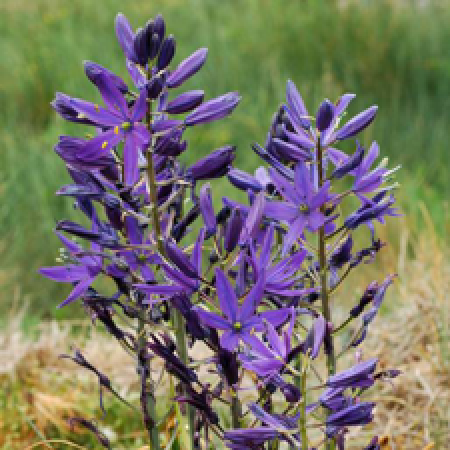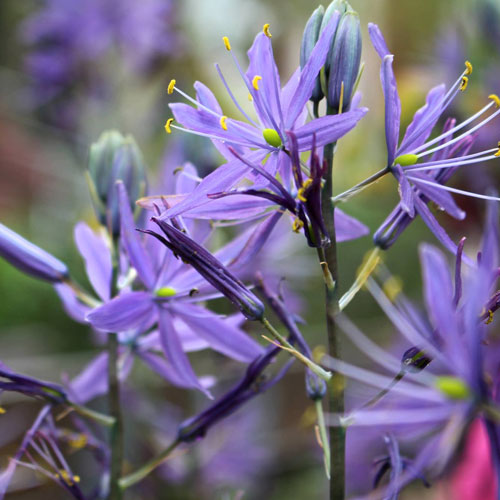
A Camas Prairie
A key feature of the landscape is sweeping Camas meadow. Camas is a traditional food source for Native peoples throughout Washington.
For thousands of years, camas prairies have been cultivated using techniques like burning, weeding and selective harvesting. These wild camas prairies once covered much of Washington but are becoming more and more rare. Great camas, death camas, fawn lily, and chocolate lily seeds were collected by Oxbow for the Burke during a trip to the San Juan Islands in 2015.
Native peoples of Washington state have many uses and traditions associated with these plants, and intergenerational sharing continues to pass this plant knowledge from generation to generation. The Burke Camas meadow will bring a new resource for teaching and learning to our front door.
Highlights
- 95% of the plants in the Burke landscape were grown from seed. Growing from seed is slower, but has important long-term benefits. When plants are grown using other methods, like cuttings or dividing root balls, each new plant is genetically identical to the original plant. When grown from seed, each individual plant is genetically different from one another, creating a more resilient group of plants.
- Many species were grown in the Oxbow nursery for four years before finally being planted at the Burke!
- The evergreen huckleberry plants were started from seed three years ago in order to reach the size they are at the Burke now.
- Oregon grape seed needs a treatment lasting 120 days in order for the seed to germinate and sometimes can take up to two seasons to germinate. On the other hand, yarrow seed can be sown and will germinate about 1 week later.
- Plant species like wild ginger thrive in the moist forest understory, so Oxbow grew them in a shady space, with plenty of irrigation and organic matter in their soil to keep them happy.
- Species like sedum and succulents love to be in the hot sun and remain fairly dry, so they were grown in brighter areas, sandier soil, and with careful attention to not overwatering them.
Trees
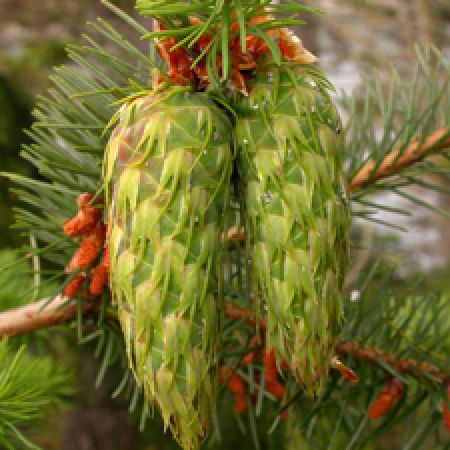
Douglas fir
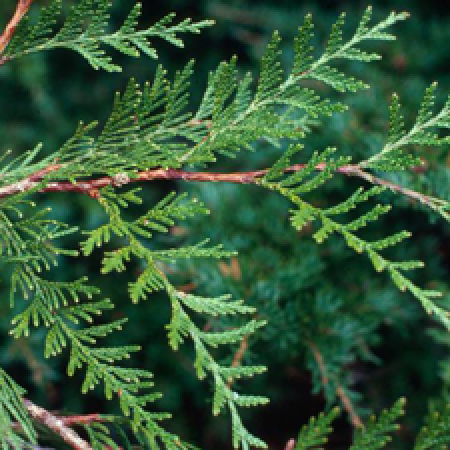
Western red cedar
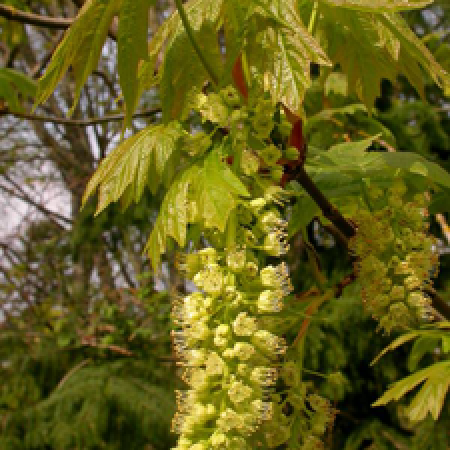
Big-leaf maple
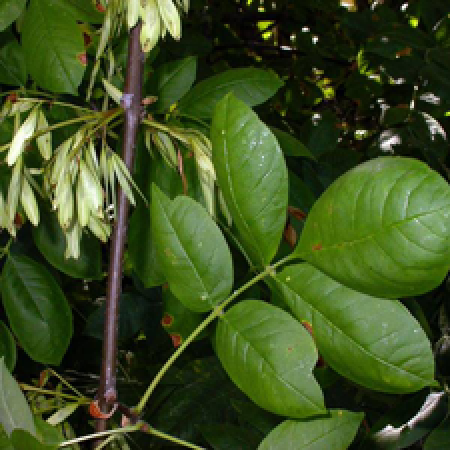
Oregon ash
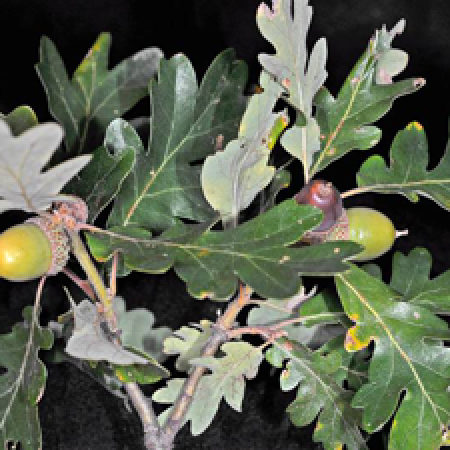
Garry oak
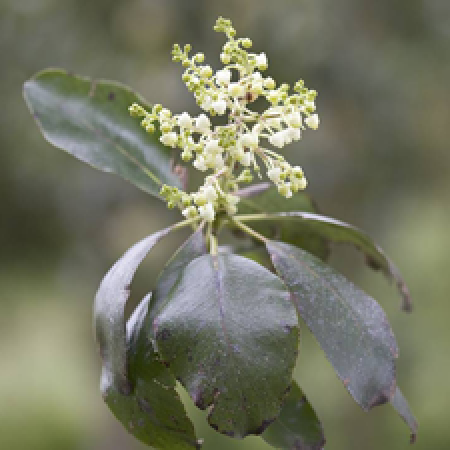
Pacific madrone
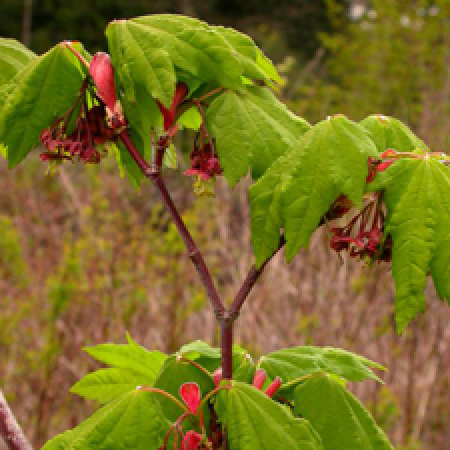
Vine maple
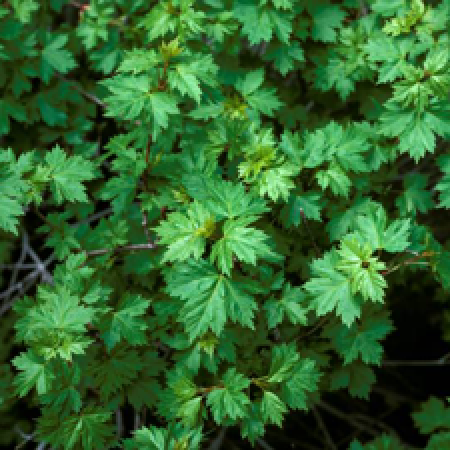
Douglas maple
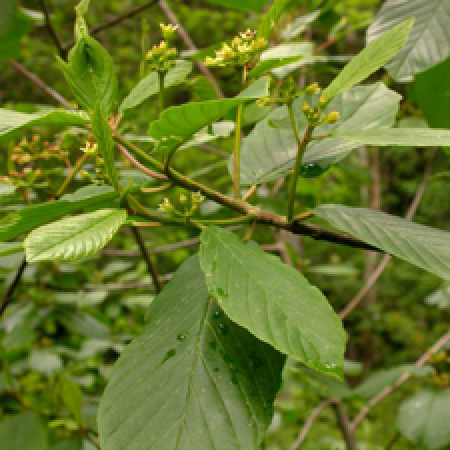
Cascara
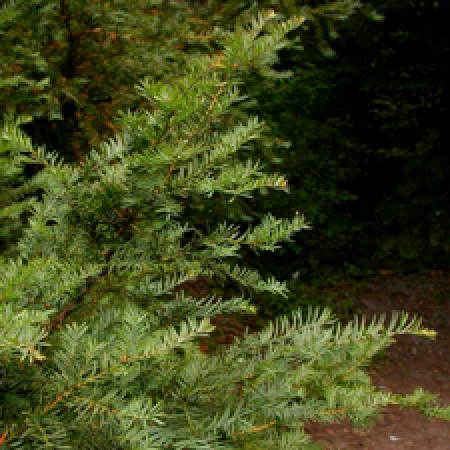
Pacific yew
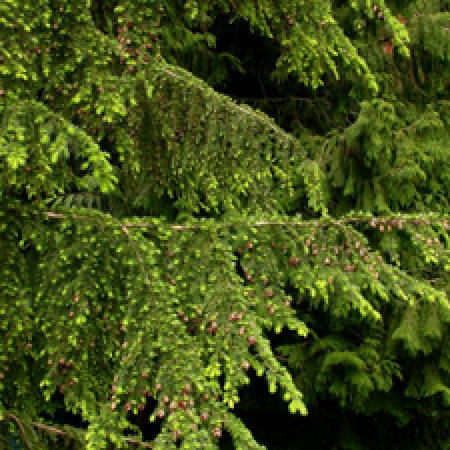
Western hemlock
Gaultheria Shallon Mix

Salal
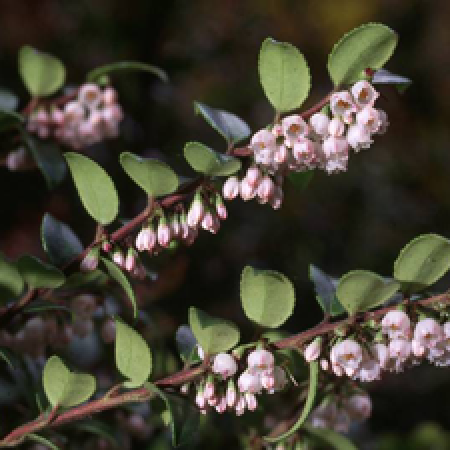
Evergreen huckleberry
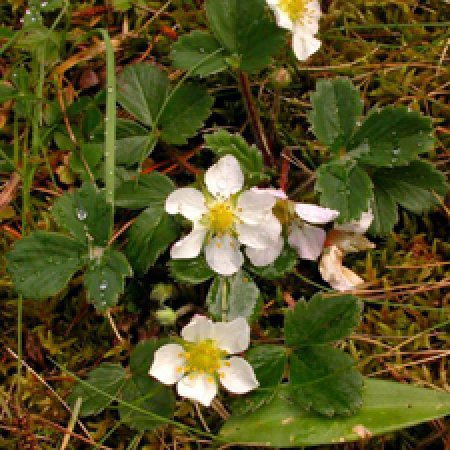
Virginia strawberry
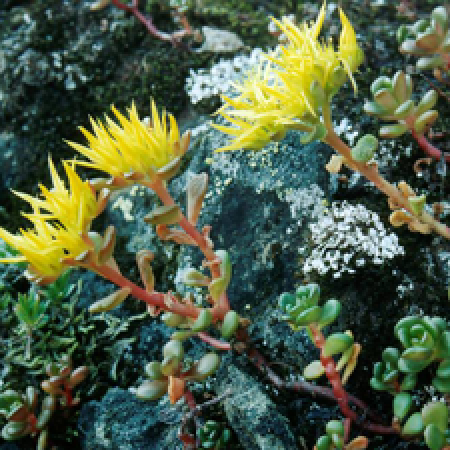
Oregon stonecrop
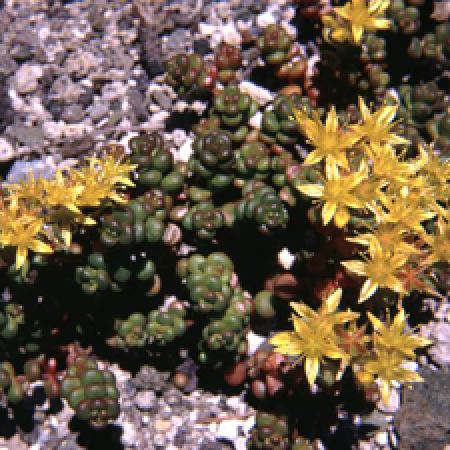
Spreading stonecrop
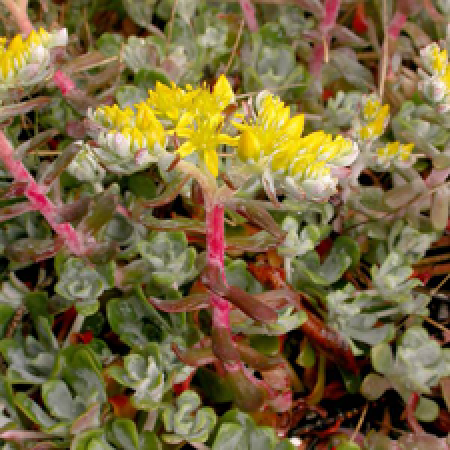
Broadleaf stonecrop
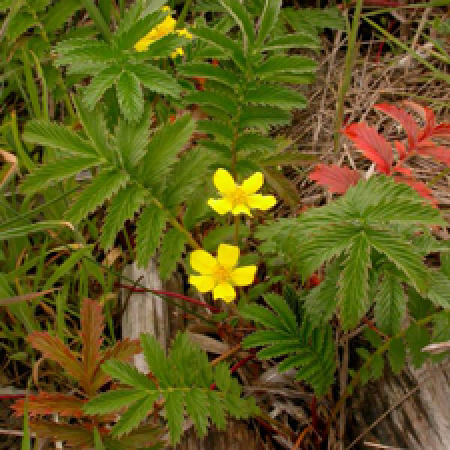
Silverweed cinquefoil
Sun Shrub Mix

Evergreen huckleberry
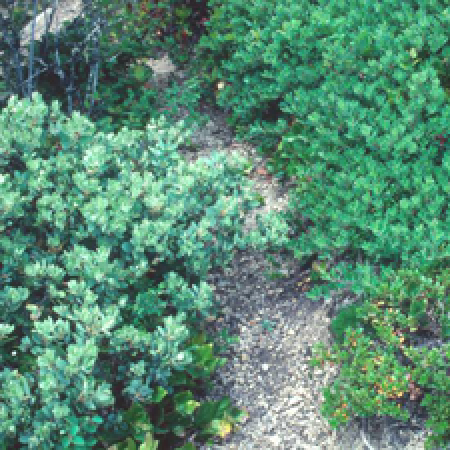
Manzanita 'Martha Swan'
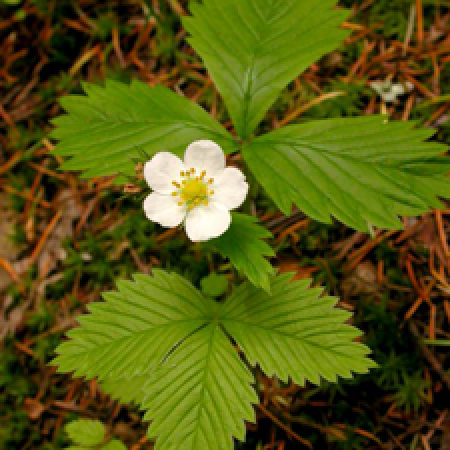
Woodland strawberry
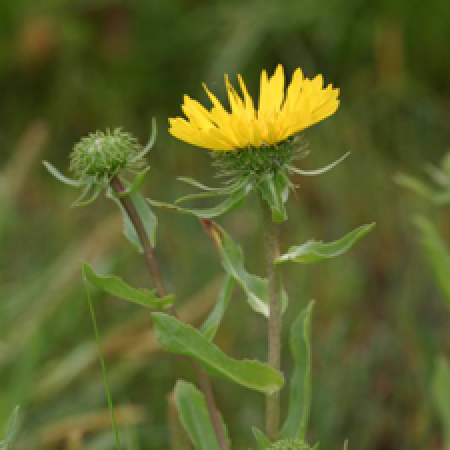

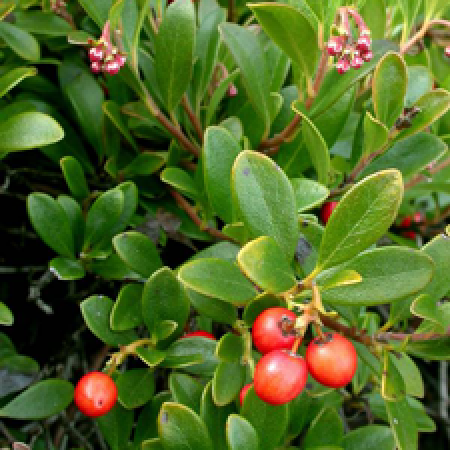
Kinnikinnick
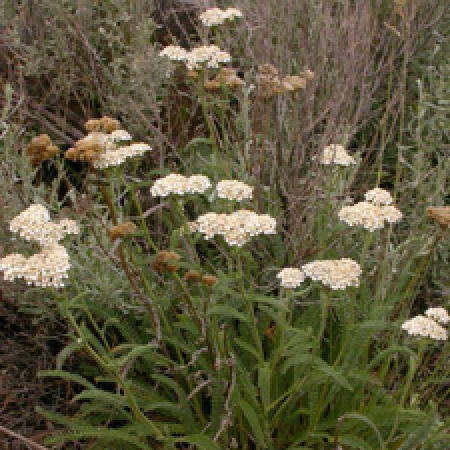
Common yarrow
Dryopteris Filix-Mas Mix
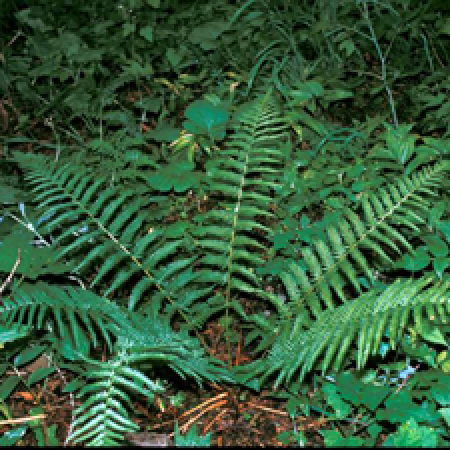
Male fern
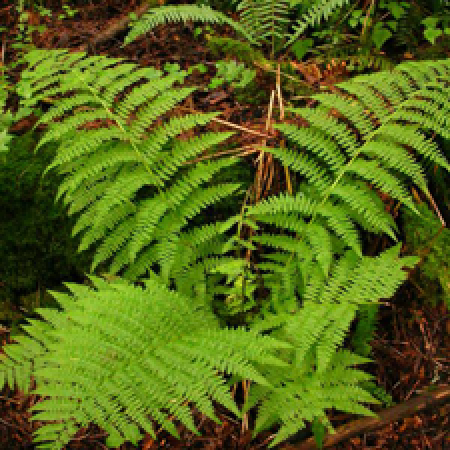
Lady fern
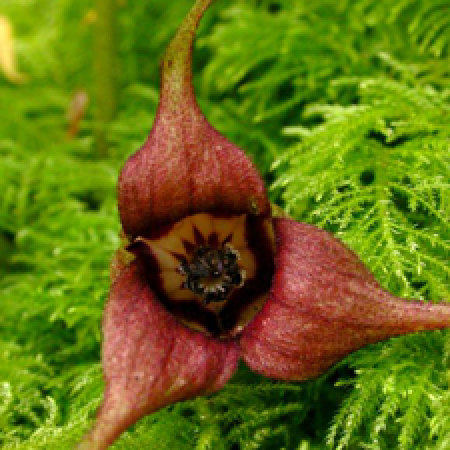
Western wild ginger
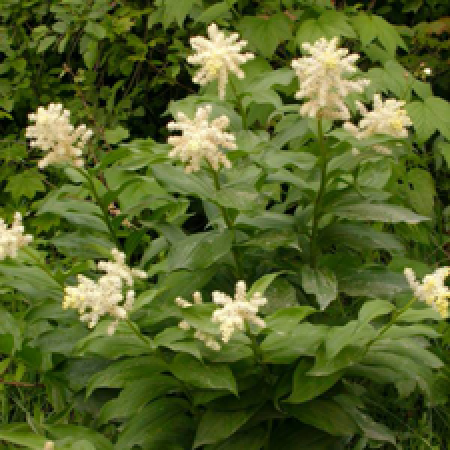
False Solomon's seal
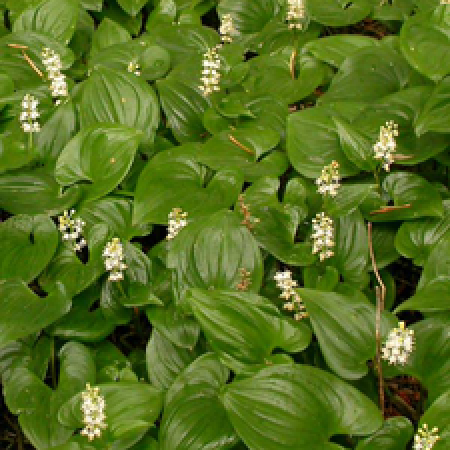
False lily of the valley

Redwood sorrel
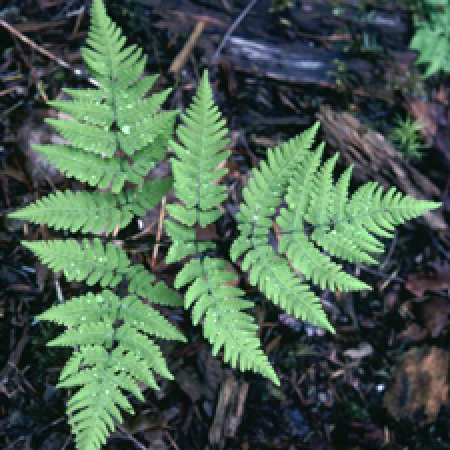
Oak fern
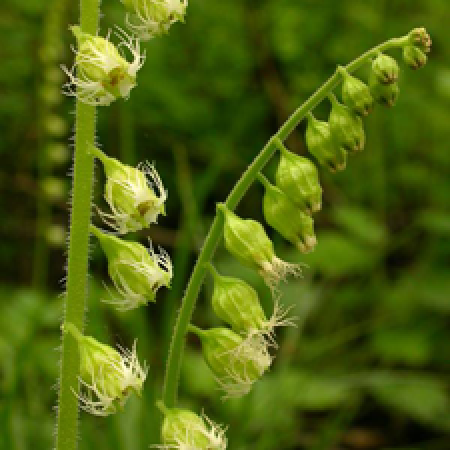
Fringecups
Polystichum Munitum Mix
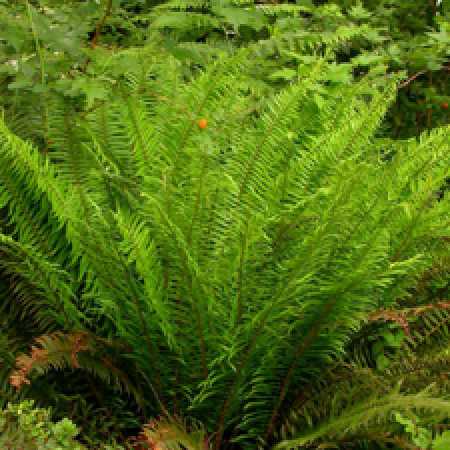
Sword fern
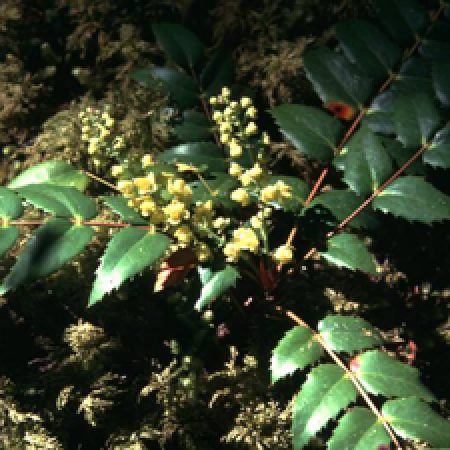
Dwarf Oregon grape
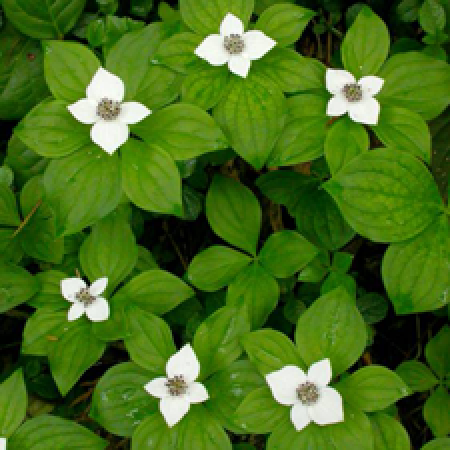
Western bunchberry

Western white trillium
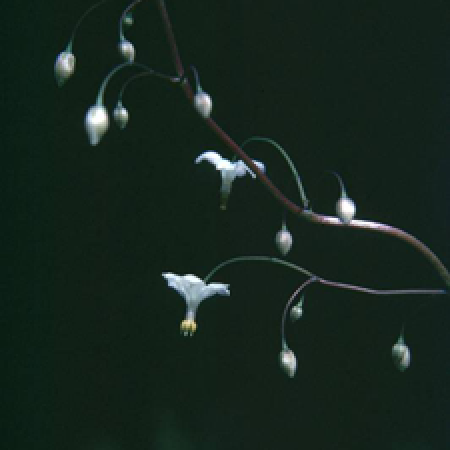
Inside-Out flower
Camas Field Mix
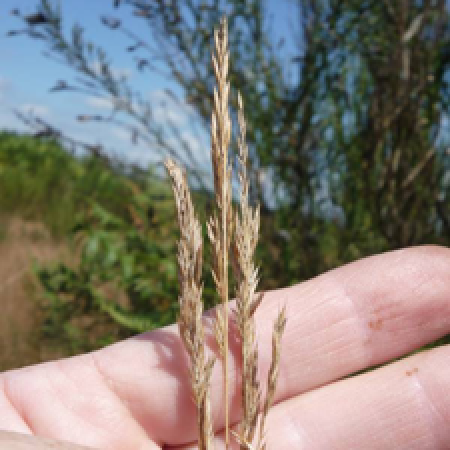
Roemer’s fescue
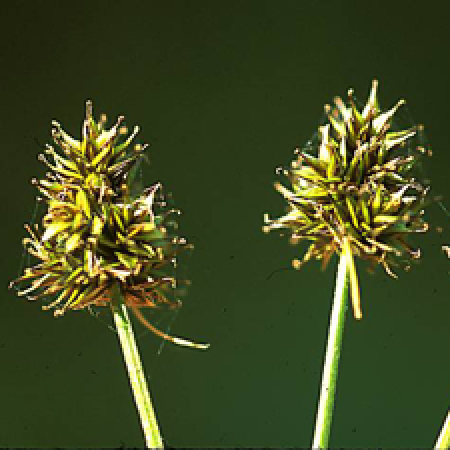

Columbian lewisia
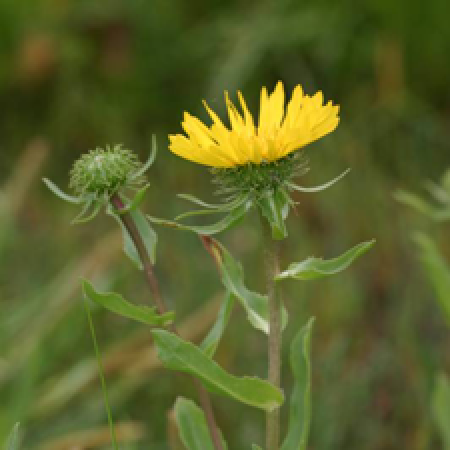
Gumweed
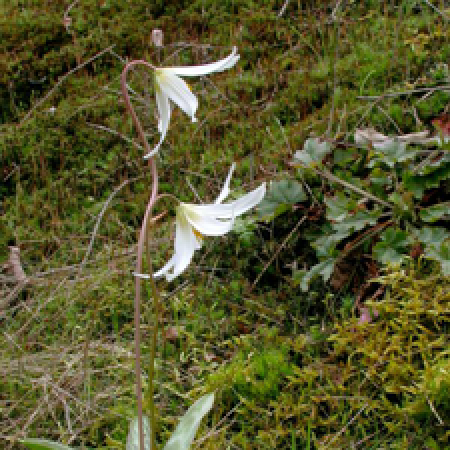
Fawn lily
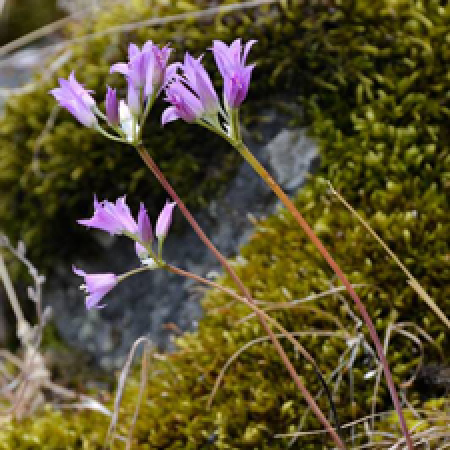
Taper-tip onion
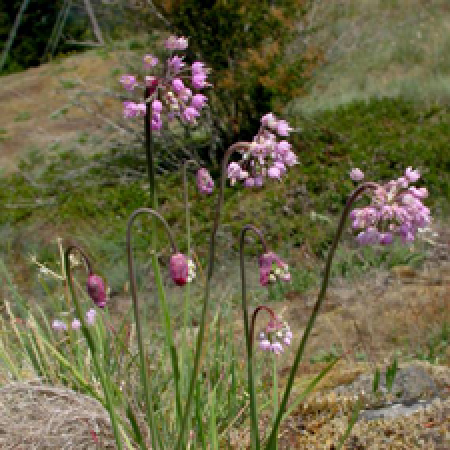
Nodding onion
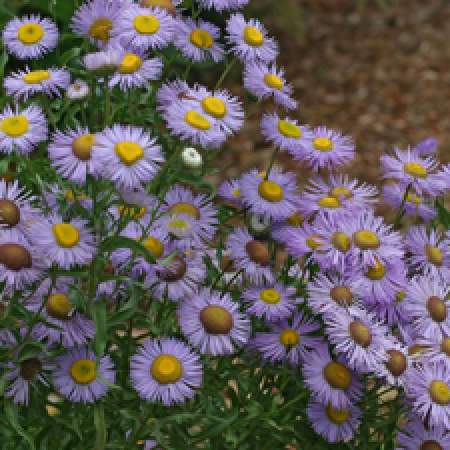
Showy fleabane
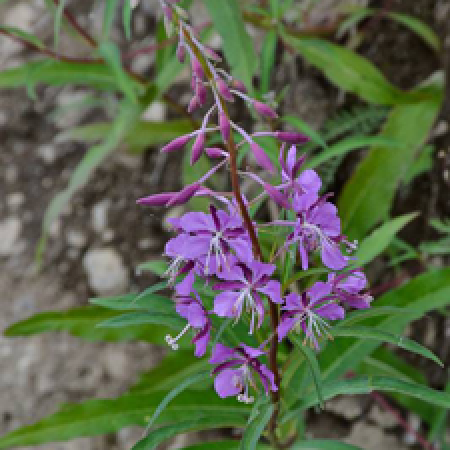
Fireweed
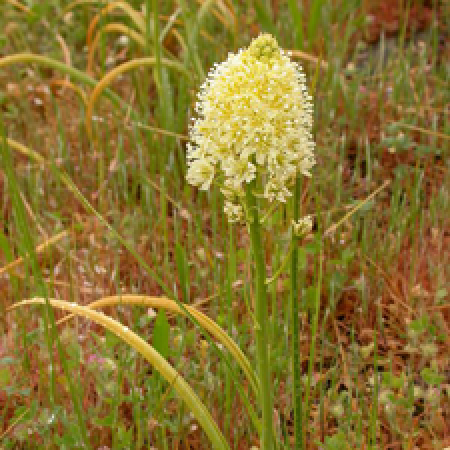
Death camas
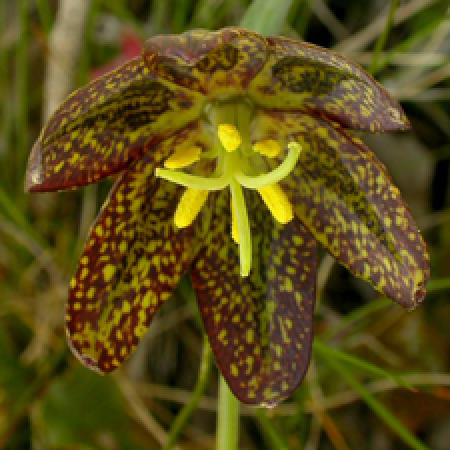
Chocolate lily
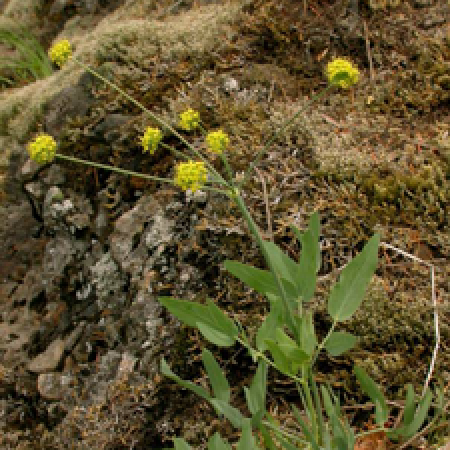
Indian consumption plant
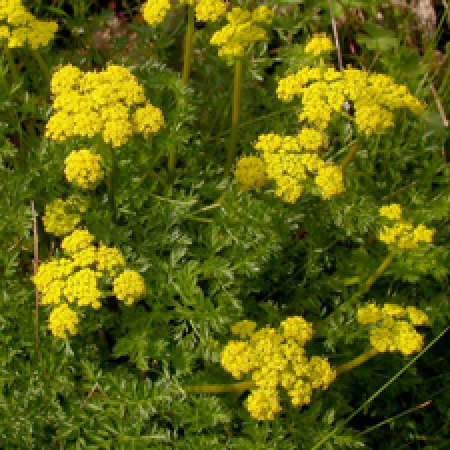
Bladder parsnip

Sicklekeel lupine
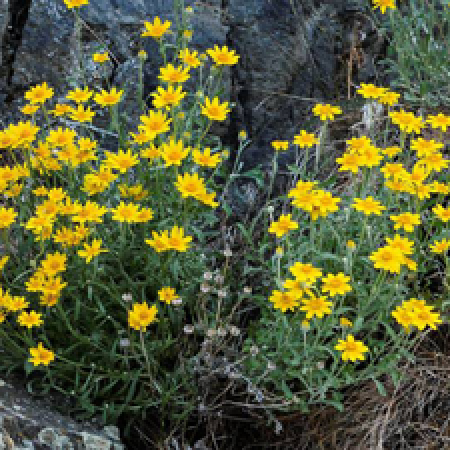
Oregon sunshine

Common yarrow
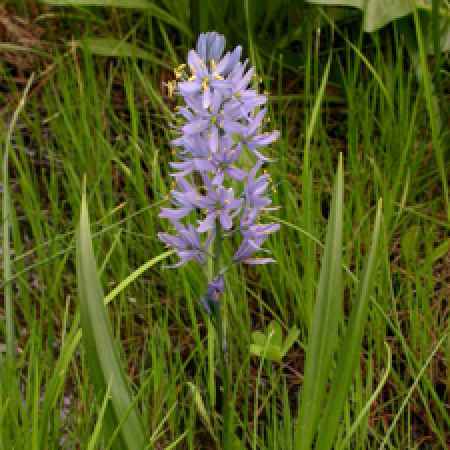
Common camas
